Whether you’re a weekend runner, a parent of a young athlete, or simply someone who enjoys staying active, healthy feet are essential to performing your best. At Sydney Podiatry, our experienced sports podiatrists help adults and children recover from injury, improve performance, and prevent future problems through personalised care and advanced biomechanical assessment.
If you’ve been searching for a sports podiatrist near me, our clinic offers local, professional support designed to keep you moving safely and confidently — whatever your sport or activity level.
Sports podiatry focuses on diagnosing, treating, and preventing injuries that affect the feet, ankles, and lower legs during sport and exercise. Every step, jump, and sprint puts stress on your body; over time, this can lead to strain, pain, or reduced mobility.
At Sydney Podiatry, we tailor every treatment to your sport, lifestyle, and performance goals. Whether you play competitive football, enjoy weekend netball, or run for fitness, we’ll help you move better and recover faster.
A sports podiatry assessment includes:
Biomechanical analysis of your walking and running technique..
Injury diagnosis and explanation in clear, practical terms.
Customised recovery and prevention plans.
Footwear and orthotic guidance for improved stability and performance.
Our goal is to help you return to activity as quickly and safely as possible — and stay there.
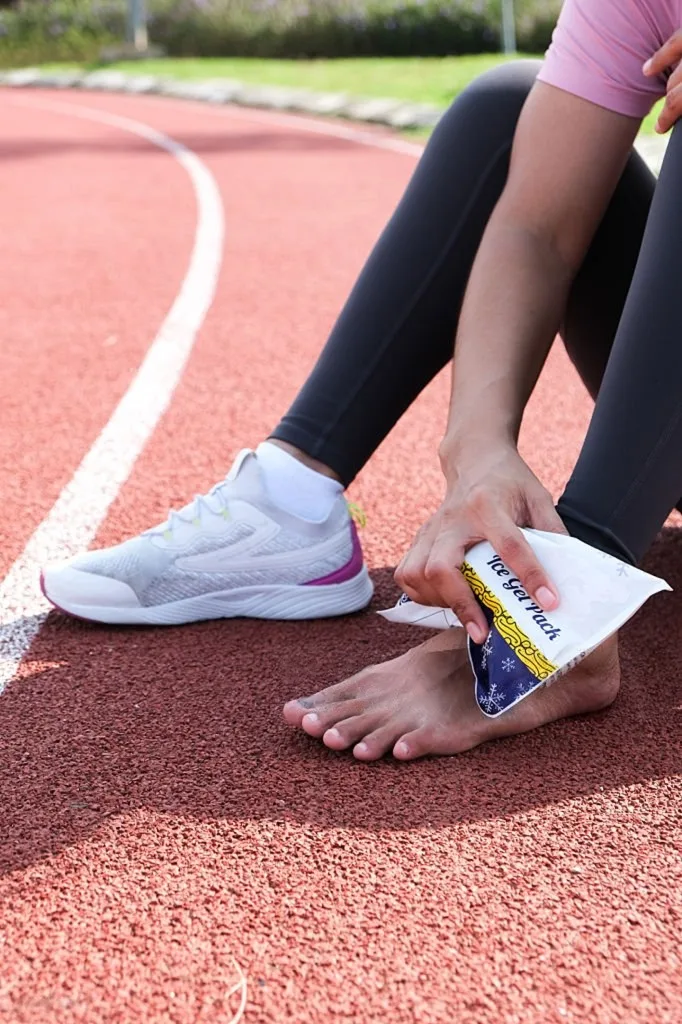
Children and teenagers are particularly vulnerable to growth-related conditions and sports injuries. At Sydney Podiatry Foot and Ankle Clinic, we work closely with athletes of all ages to diagnose, treat, and manage these conditions. Our goal is to reduce pain, restore mobility, and support long-term injury prevention so you or your child can stay active and confident in sport.
For younger patients, our paediatric podiatry team
provides gentle, specialised care to help growing feet develop correctly and recover from sports-related injuries.
Some of the most common conditions we treat include:
We regularly see and treat a wide range of sports-related injuries, including:
Heel Pain / Plantar Fasciitis – Sharp or aching pain under the heel, often worse in the morning or after activity.
Achilles Tendon Pain or Injuries – Inflammation or micro-tears caused by repetitive jumping or running.
Ankle Sprains and Instability – Twisting injuries or chronic weakness increasing future risk.
Shin Splints and Calf Strains – Common in runners and field sport athletes, these cause aching pain along the shins or tightness in the calves.
Stress Fractures – Tiny bone cracks from repetitive impact.
Neuromas and Forefoot Pain – Burning, tingling or sharp pain in the ball of the foot, often made worse by tight shoes or long periods of standing.
Knee Pain – Including patellofemoral pain (runner’s knee), iliotibial band (ITB) syndrome, and tendonitis, which can limit mobility and performance.
Hip Pain and Overuse Injuries – Strain and discomfort caused by repetitive movement, poor biomechanics or weakness in supporting muscles.
Children and teenagers are particularly vulnerable to growth-related conditions and sports injuries. At Sydney Podiatry Foot and Ankle Clinic, we work closely with athletes of all ages to diagnose, treat and manage these conditions. Our goal is to reduce pain, restore mobility, and support long-term injury prevention so you or your child can stay active and confident in sport. Some of the most common we treat include:
Osgood–Schlatter’s Syndrome (Knee Pain) – Pain and swelling just below the knee, common in active teenagers during growth spurts.
Flat Feet or Pigeon-Toed Gait – Structural or biomechanical issues that may affect balance, performance and comfort during sport.
Persistent Leg or Foot Pain – Ongoing discomfort during or after physical activity, which may signal an underlying condition needing treatment.
Our sports podiatry clinic in Sydney provides care that goes beyond pain relief — it’s about understanding your movement and preventing recurrence. We combine advanced diagnostics, tailored treatment, and proactive education to support every athlete’s performance.
Here’s how our care can support athletes of all ages:
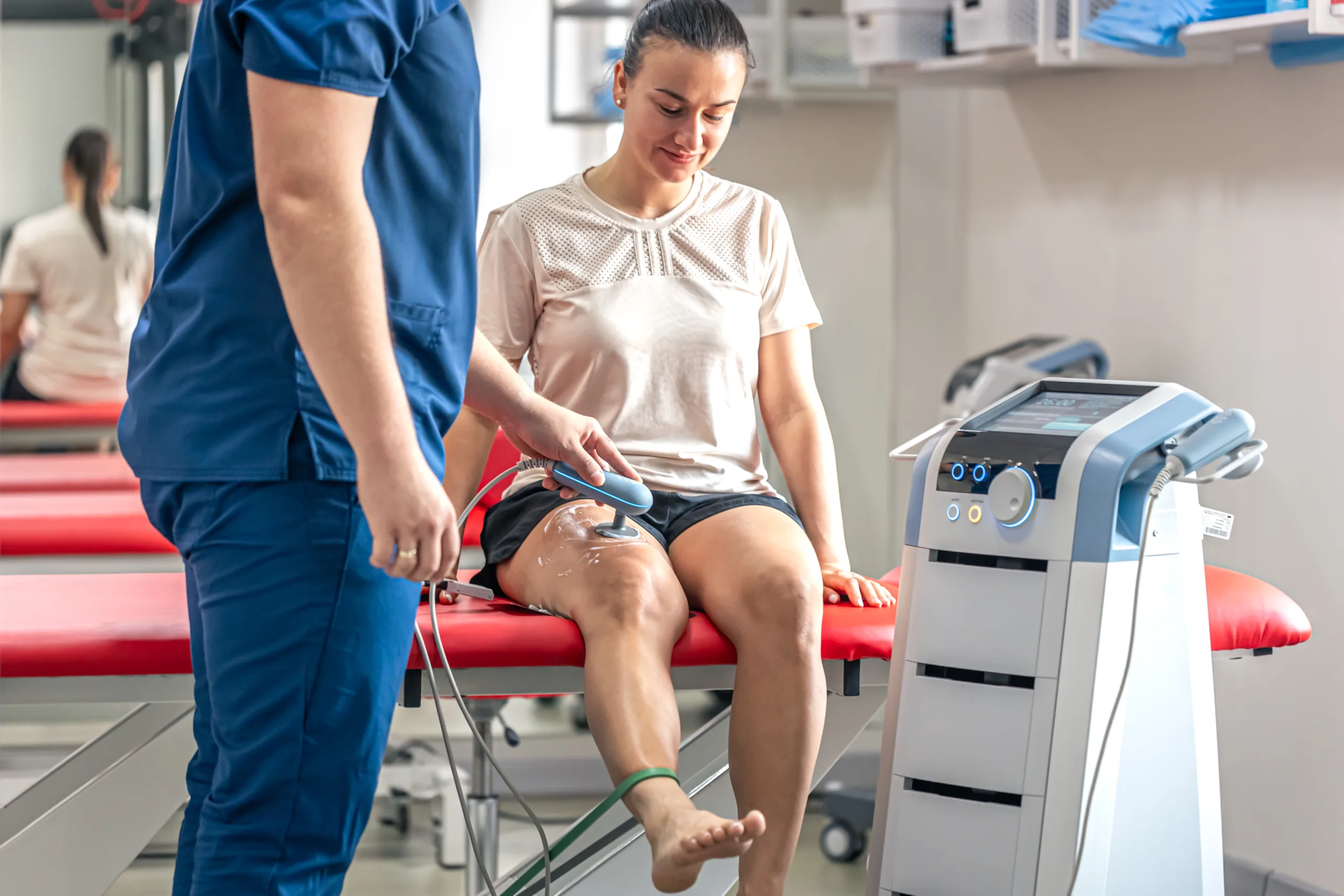
We look closely at how your feet, legs, and body move during walking, running, and sport. Small imbalances in movement can place extra stress on certain joints or muscles, often leading to pain or recurring injuries. By identifying these patterns early, we can recommend changes or supports to improve movement efficiency and reduce strain.
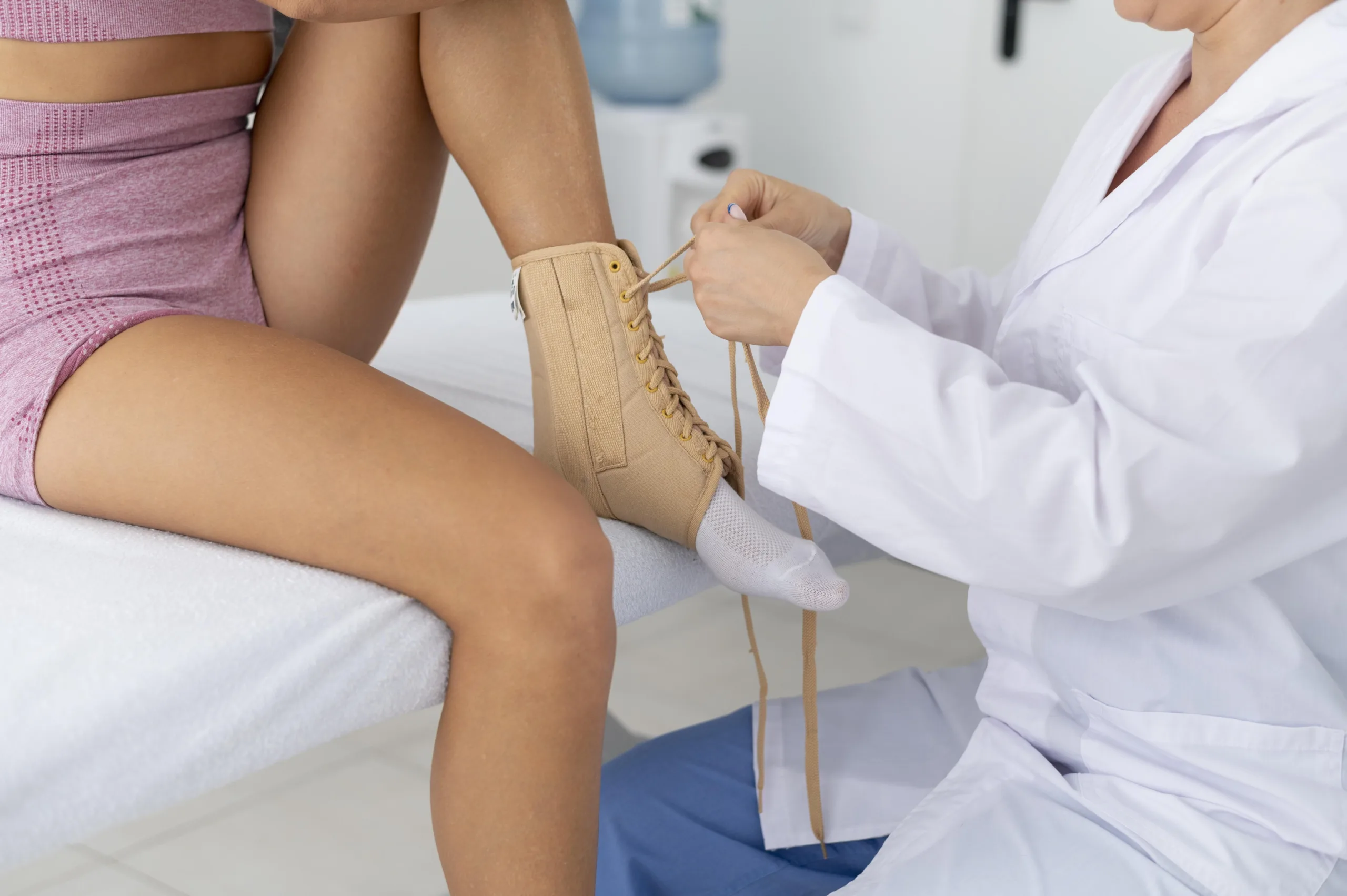
The right footwear can make a huge difference in both performance and injury prevention. Our podiatrists assess your shoes and, if needed, prescribe custom sports orthotics tailored to your foot structure and sporting needs. This helps with shock absorption, stability, and overall comfort — whether you’re running laps at school, playing weekend netball, or competing at a higher level.
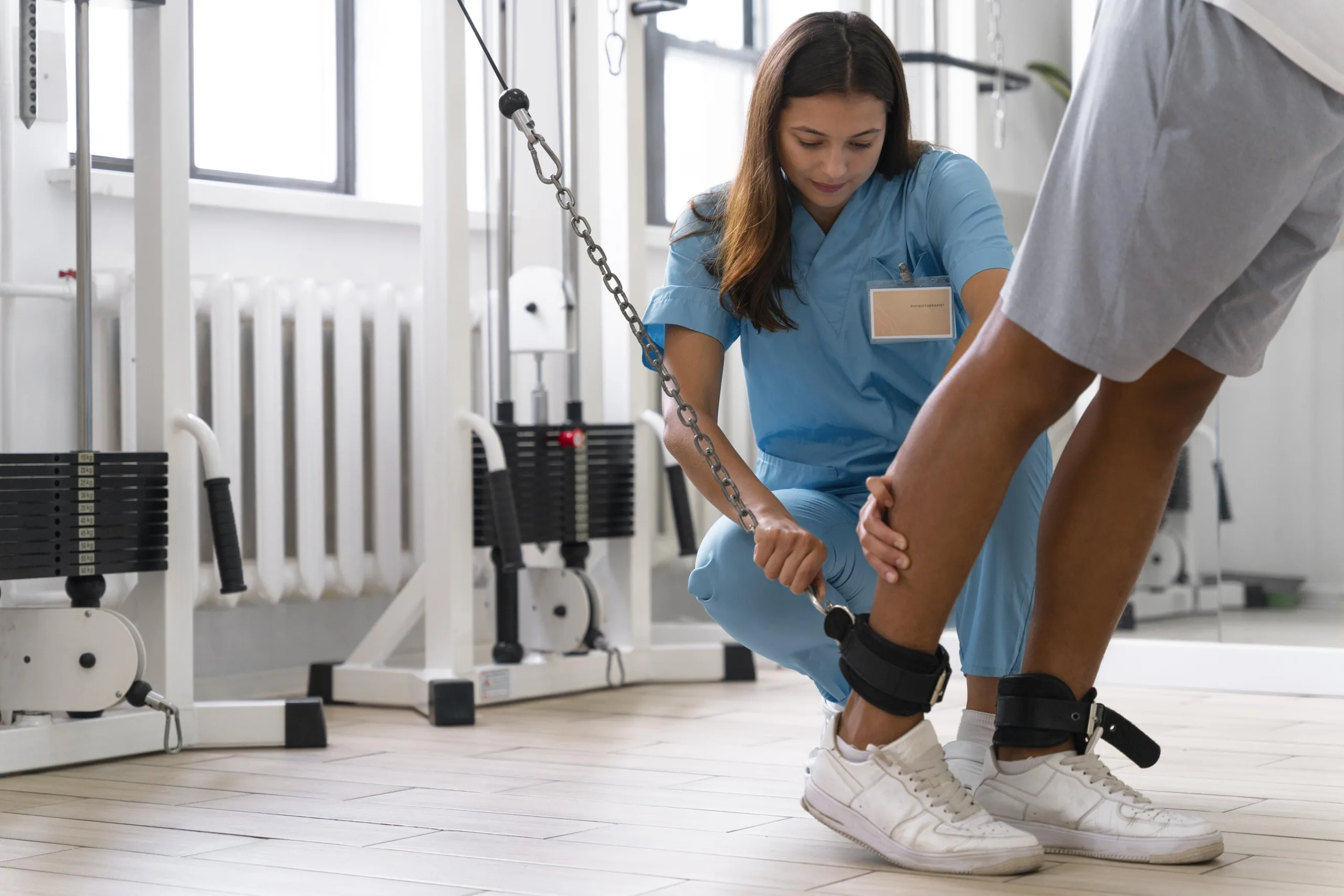
Recovering from an injury doesn’t stop at rest. We create personalised exercise programs that focus on rebuilding strength, balance, flexibility, and endurance. These programs are designed to get you back to sport safely and to reduce the risk of the same injury happening again.
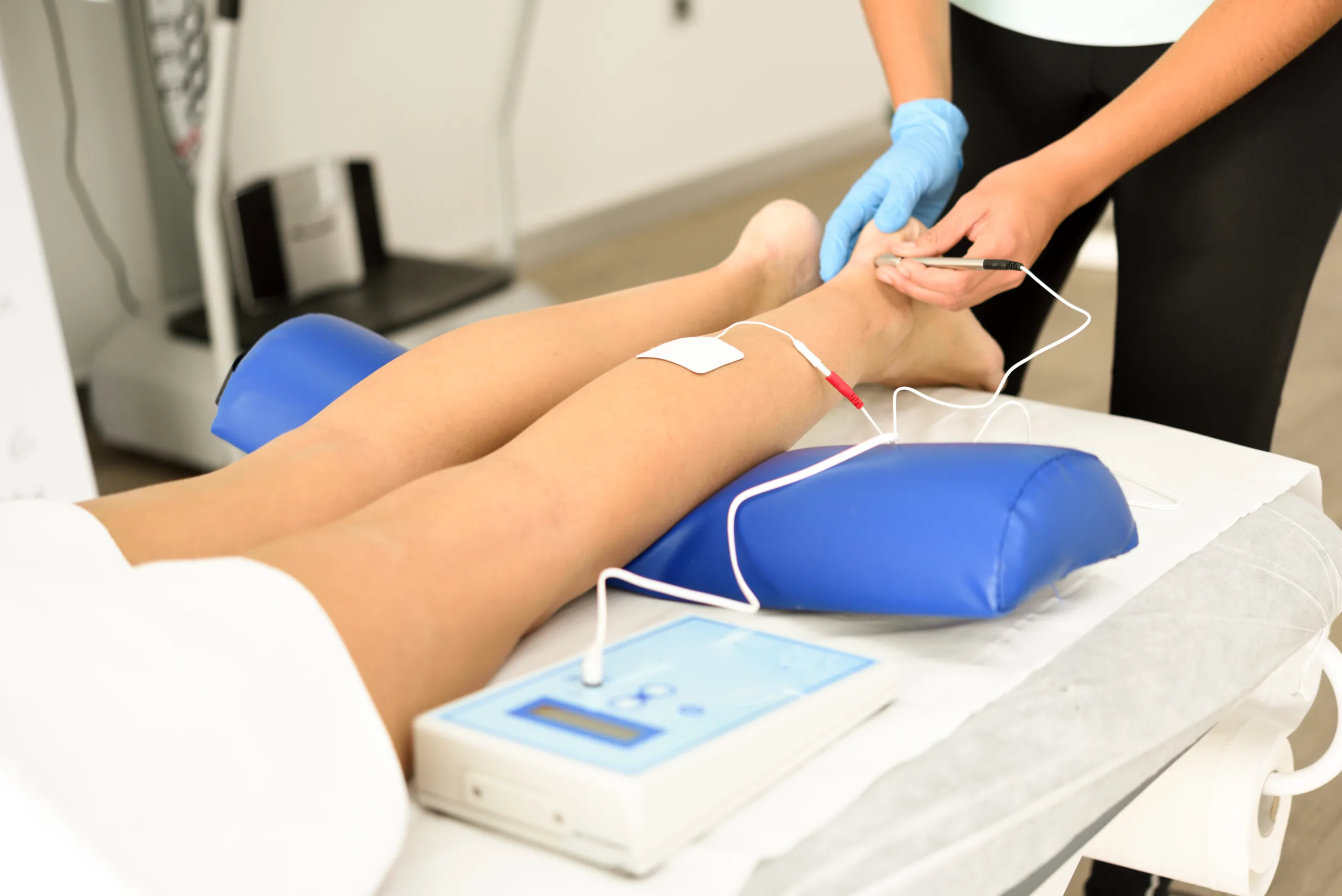
Depending on your needs, we may use manual therapy, strapping, dry needling, or shockwave therapy to relieve pain, reduce inflammation, and promote healing.
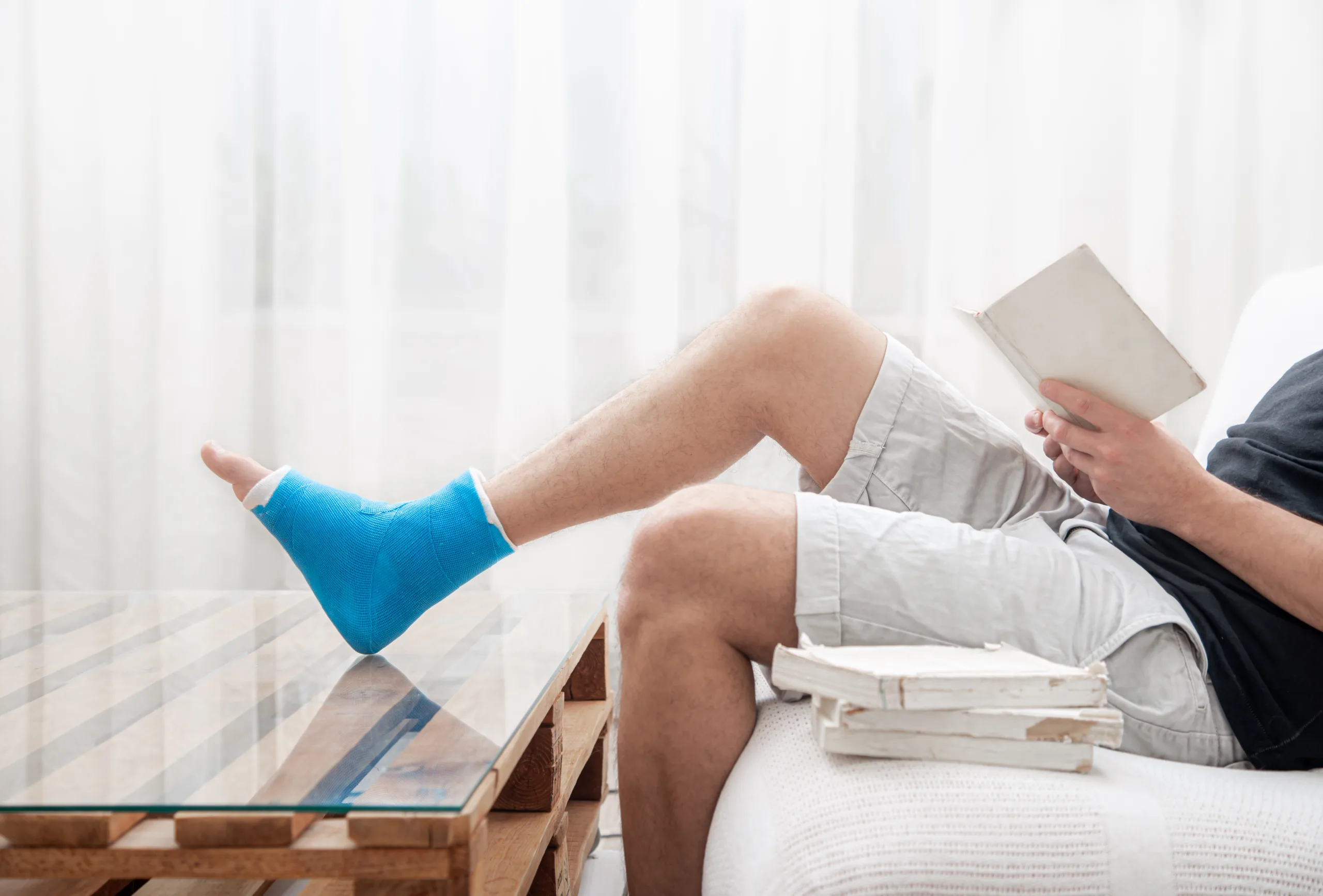
One of the key benefits of sports podiatry is prevention. We help athletes — from kids just starting out in sport to adults in regular training — learn how to warm up effectively, manage training loads, and use protective supports when needed. This proactive approach means you can stay active with fewer setbacks.
Our specialists combine advanced expertise in sports podiatry, biomechanics, and performance rehabilitation to help athletes recover faster, move efficiently, and prevent injury.

Principal Sports Podiatrist
Dr Shannon Hurvitz holds a Bachelor of Health Science and a Master of Podiatric Medicine from the University of Western Sydney. With over ten years of experience in sports medicine, biomechanics, and minimally invasive foot surgery, he helps athletes and active individuals return to their best performance. His deep understanding of human locomotion, gait analysis, and rehabilitation allows him to tailor treatment programs that optimise movement and prevent re-injury.

Sports Biomechanics Specialist
With over 30 years of experience in sports biomechanics, Dr Russell Stokes brings a unique blend of clinical expertise and athletic insight as a former state-level middle-distance runner and Australian Athletics medalist. He focuses on running mechanics, injury prevention, and rehabilitation, helping Sydney’s athletes perform stronger and stay pain-free through every stride.
Many patients feel unsure about what happens at their first sports podiatry visit, but the process is straightforward, comfortable, and designed to give you clear answers. Here’s what you can expect :
Initial Consultation and History
Your podiatrist will begin by asking questions about your symptoms, sporting activity, and medical history. This helps us understand when and how your pain occurs, whether it’s related to training load, footwear, or past injuries.
Biomechanical Assessment
A detailed movement assessment will be carried out to see how your feet, legs, and body work during sport. This may include:
Gait analysis (walking and running on a treadmill or pressure plate).
Foot posture evaluation (checking arches, alignment, and stability).
Strength and flexibility testing of key muscles and joints.
Footwear and Equipment Review
Sports shoes play a big role in performance and injury risk. Your podiatrist may check your current footwear, training surfaces, and equipment to see if they’re contributing to the problem.
Diagnosis and Explanation
Once the assessment is complete, your podiatrist will explain the likely cause of your pain in simple, easy-to-understand terms. You’ll learn what’s happening inside your foot, ankle, or leg, and why it’s affecting your sport.
Tailored Treatment Plan
A clear treatment plan will be put in place to suit your activity level and goals. This may involve:
Custom orthotics or shoe modifications for better support.
Targeted exercise and rehab programs to restore strength and flexibility.
Hands-on therapy such as massage, strapping, or shockwave treatment.
Training load advice to prevent overuse or flare-ups.
Prevention and Long-Term Care
Your podiatrist will also give you practical advice on how to reduce the risk of injury in the future. This may include warm-up routines, stretching, footwear changes, or monitoring training intensity.
Appointment Duration and Comfort
A first sports podiatry consultation usually lasts 30–45 minutes. Most patients leave feeling reassured, with a clear action plan and confidence that they’re on the right path to recovery.
Many people put off getting help for foot or leg pain, hoping it will improve on its own. However, ignoring the early signs of an injury can lead to ongoing discomfort, reduced performance, and even long-term problems. A sports podiatrist can step in early to assess what’s going on and provide treatment before things get worse.
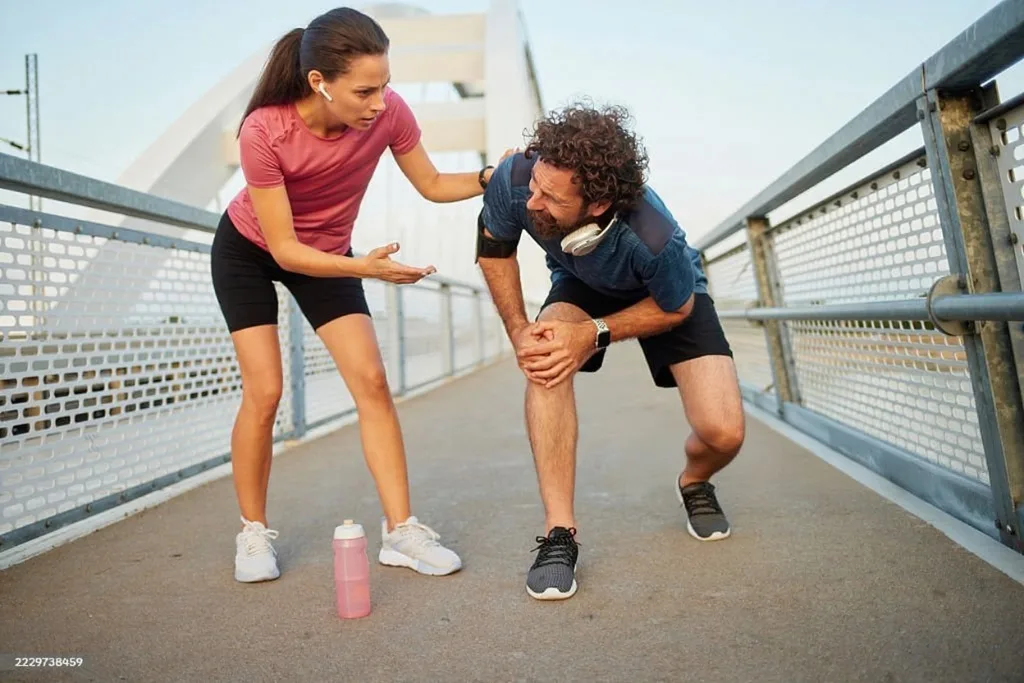
Persistent Pain During or After Sport
If you or your child regularly experience foot, ankle, or leg pain during training, games, or even after sport, it’s a sign that something isn’t quite right. Pain is the body’s way of telling you there’s stress, imbalance, or injury that needs attention.
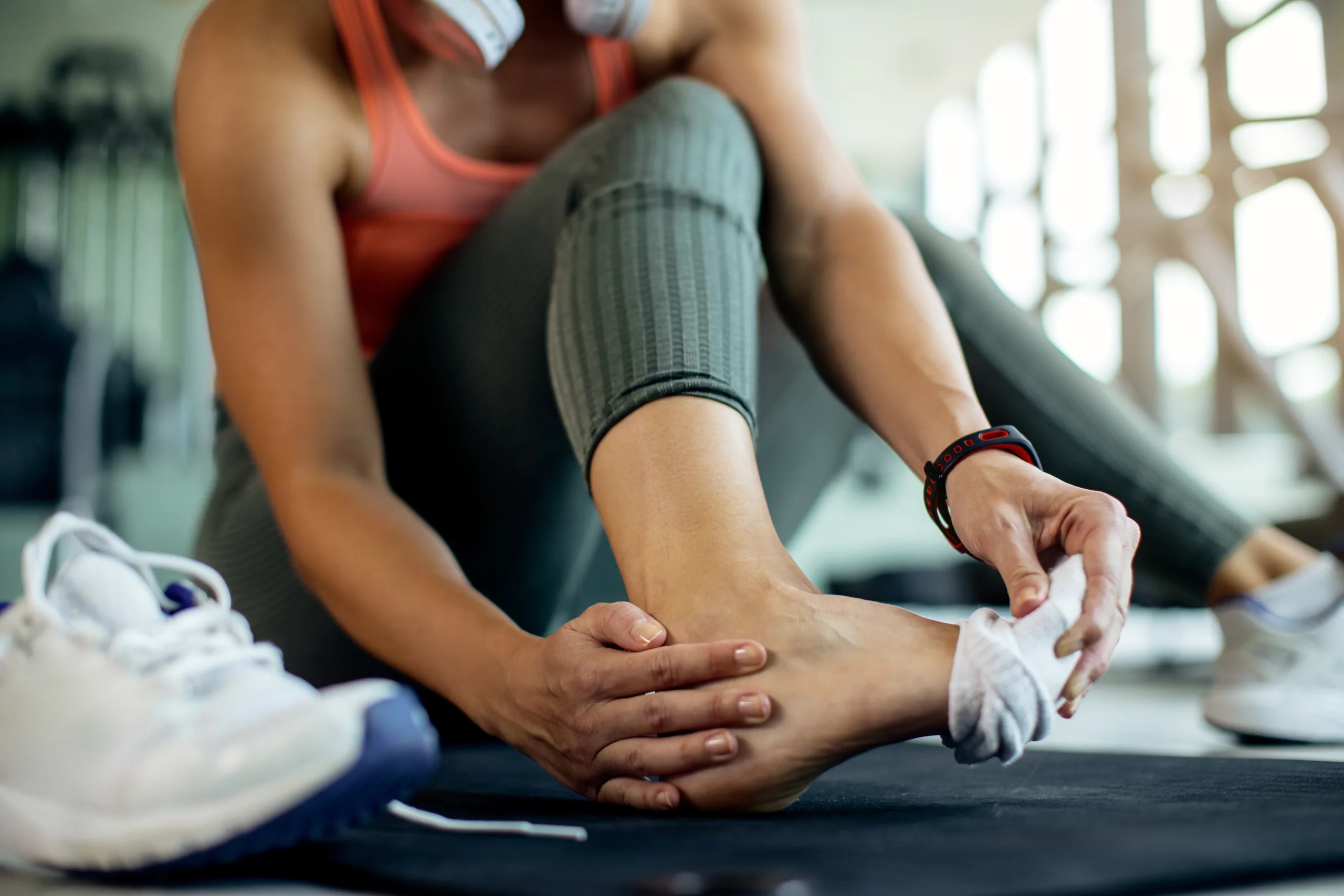
Repeated Ankle Sprains or Instability
Rolling your ankle once may just be bad luck, but if it keeps happening, it could mean weak ligaments, poor balance, or alignment issues. Sports podiatrists can help strengthen and stabilise the ankle to prevent further sprains.
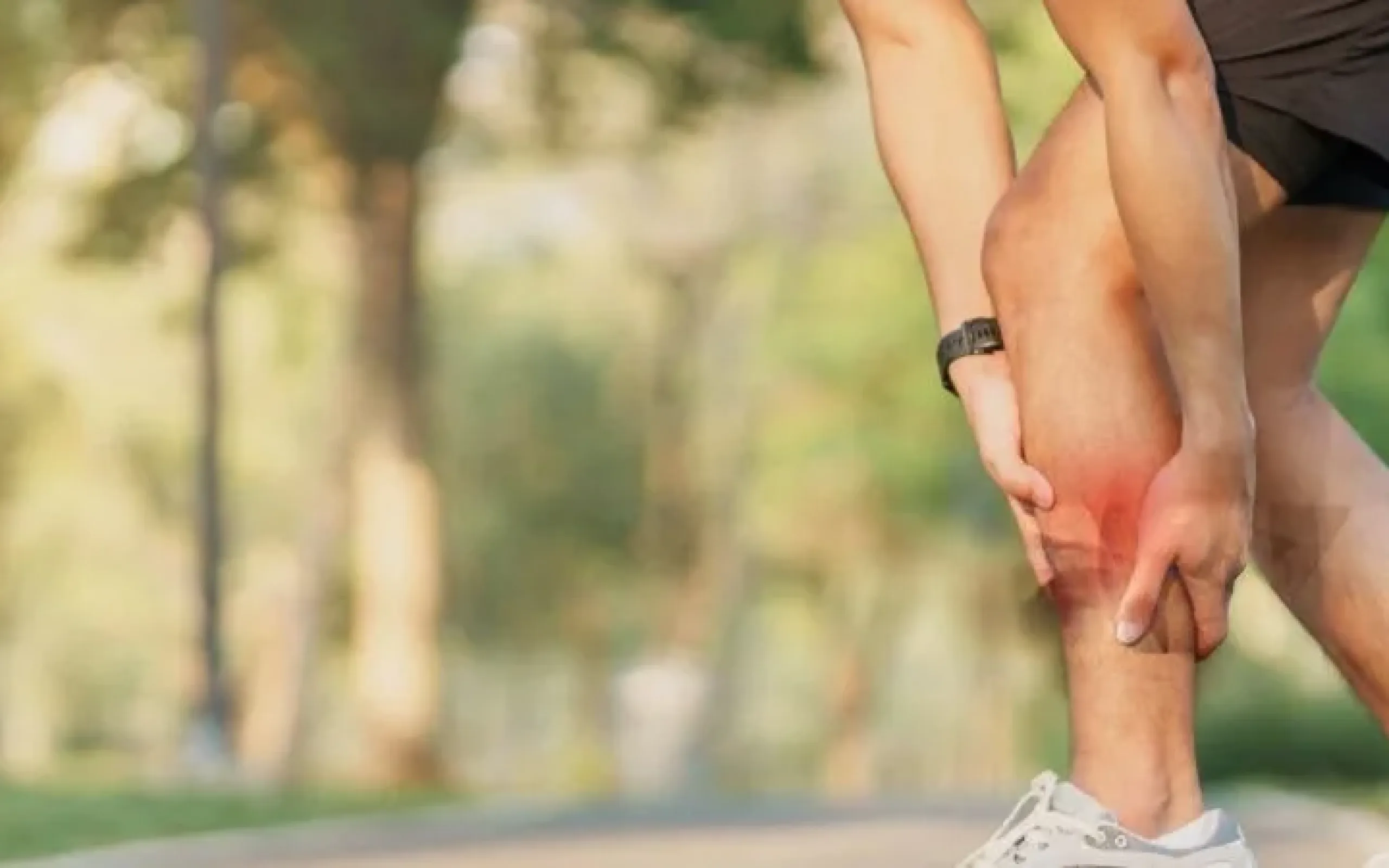
Heel Pain, Shin Splints, or Knee Discomfort
Common issues like plantar fasciitis (heel pain), shin splints, or sore knees can limit activity and make it hard to keep up with sport. These problems often come from overuse, poor biomechanics, or unsuitable footwear — all areas where podiatry care makes a big difference.
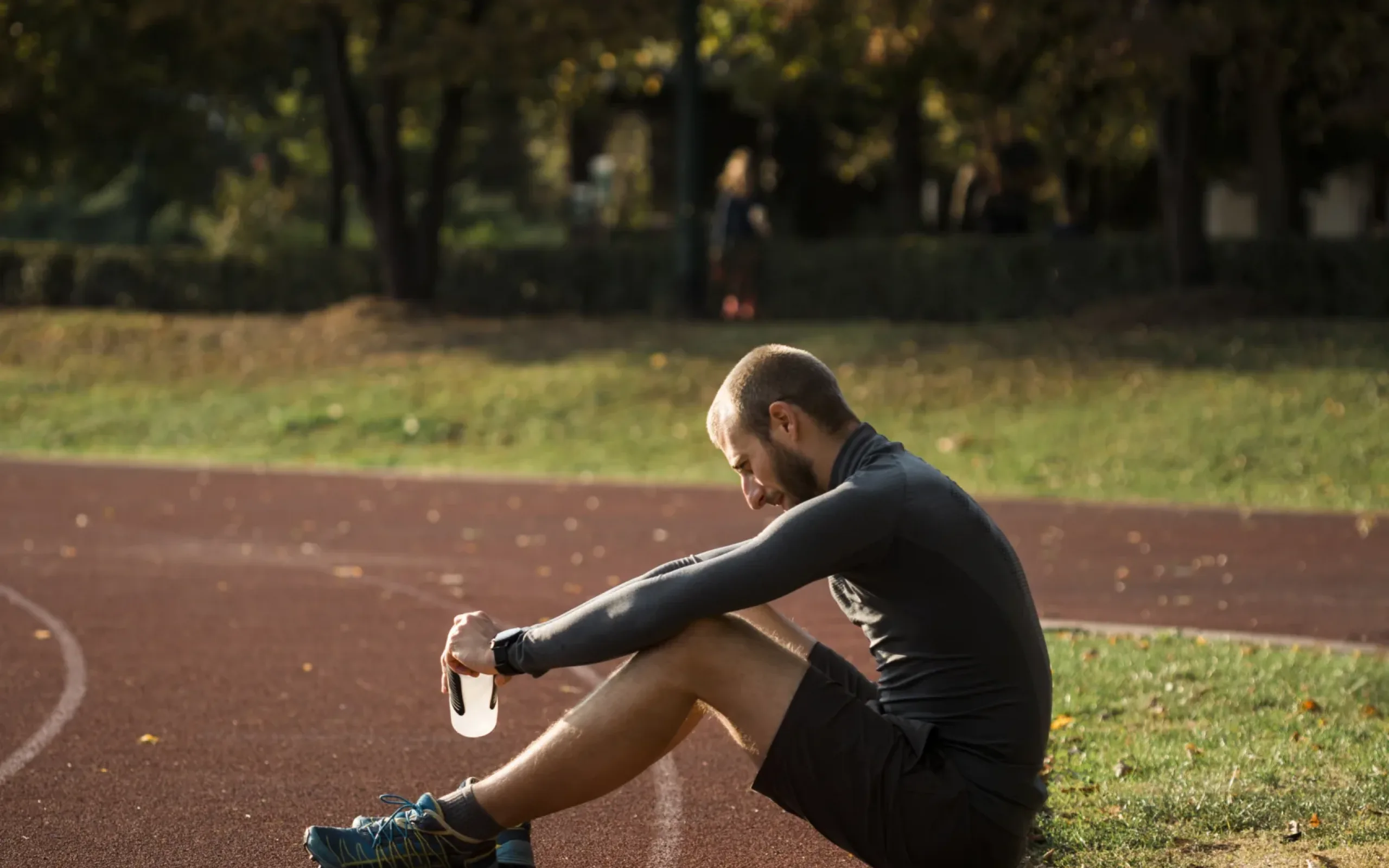
Sudden Pain, Swelling, or Limping
Injuries such as sprains, strains, or stress fractures often cause immediate pain or swelling. If walking becomes difficult, or limping continues for more than a day or two, professional help is needed.
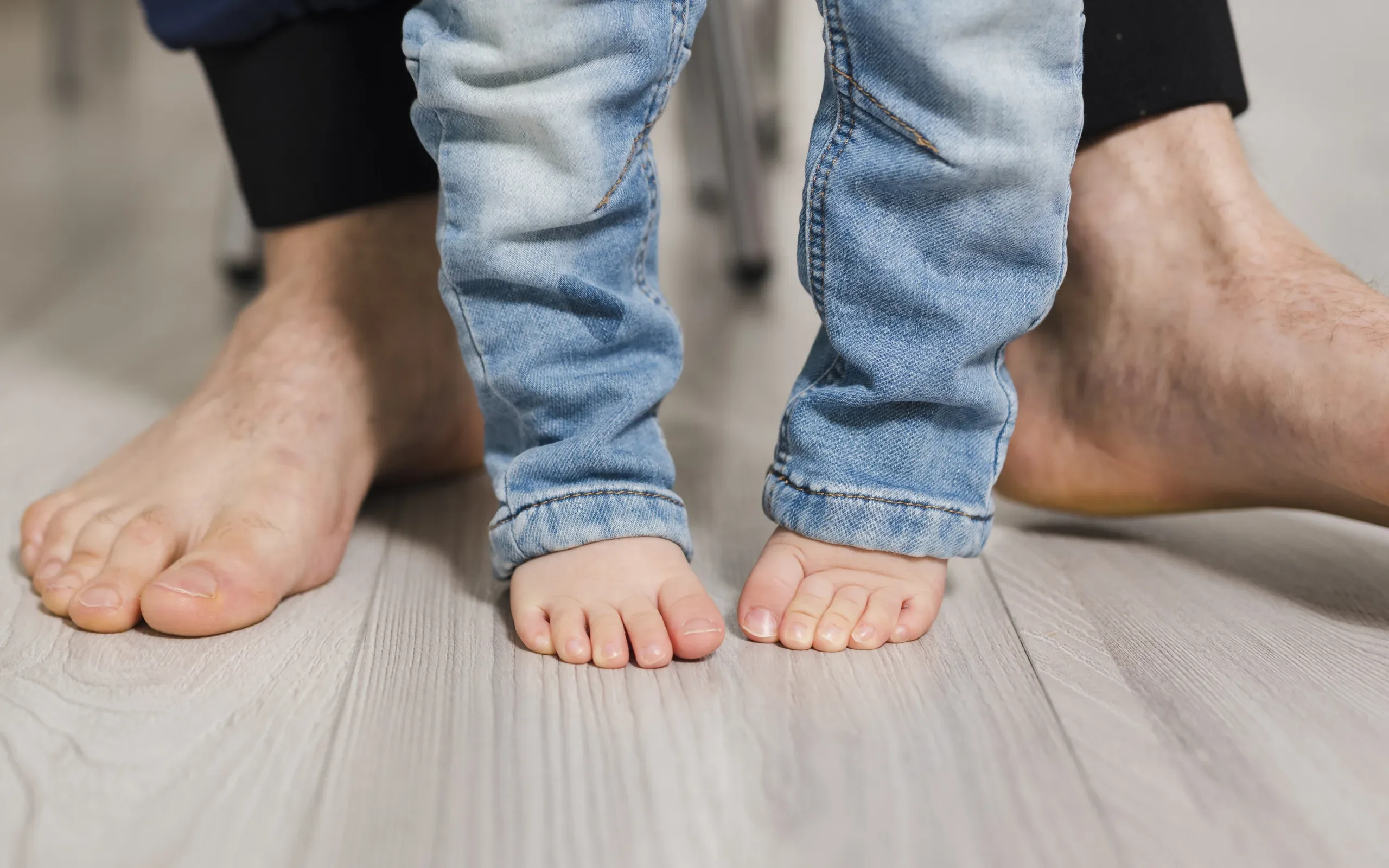
Concerns About Children’s Feet or Walking Style
Flat feet, pigeon-toed gait, or unusual walking/running styles in children can sometimes affect development or sporting ability. Early advice from a podiatrist can guide the right support, footwear, or exercises to encourage healthy growth.

Struggling to Keep Up with Sport
If a child avoids running at school or an adult feels they can’t perform at their best because of discomfort, it may be more than just tiredness. A podiatry assessment can uncover the cause and get you back to enjoying activity.
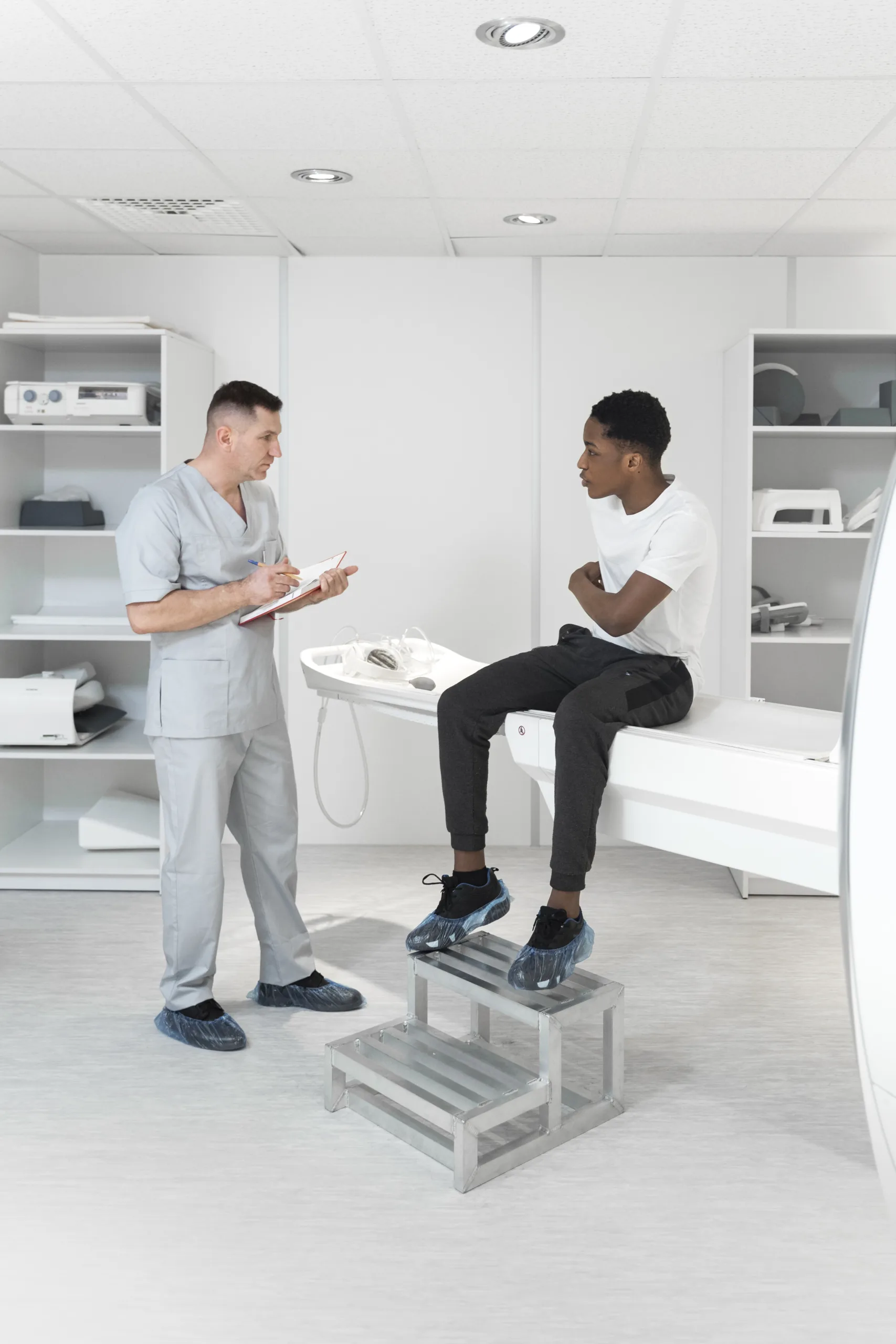
Bring the sports shoes you usually wear (runners, boots, or trainers). This helps your podiatrist assess wear patterns and fit.
Wear comfortable clothes so you can walk, run, or move easily during your biomechanical assessment.
Note your training schedule, recent injuries, or pain patterns. Sharing this helps tailor your treatment plan.
Your first consultation usually takes 30–45 minutes. Allow enough time so you don’t feel rushed.
A detailed evaluation of your feet, ankles, and lower legs, including gait and movement analysis. Our sports podiatrists identify issues such as overuse, muscle imbalance, or footwear problems that may be affecting your comfort and performance.
You’ll receive a personalised recovery plan tailored to your sport and injury. This may include custom orthotics, targeted exercises, manual therapy, or footwear recommendations to support efficient movement and reduce injury risk.
We provide practical guidance to keep you performing at your best — including warm-up routines, training load management, and sport-specific footwear tips. The goal is to prevent recurring injuries and help you move confidently with every step.
A podiatrist uses a combination of diagnostic tools and techniques, such as sensory testing, nerve conduction studies, and physical exams, to assess nerve damage in the feet. This comprehensive evaluation helps identify any areas of nerve impairment, such as neuropathy, and determine the best course of treatment.
Common signs of nerve damage in the feet include numbness, tingling, burning sensations, sharp or shooting pain, and weakness. You may also notice difficulty feeling temperature changes or a reduced sense of balance. If you experience any of these symptoms, it's important to consult a podiatrist for a thorough evaluation.
Treatment for nerve damage in the feet may include pain management through medications, physical therapy, custom orthotics, or lifestyle changes to improve circulation and reduce pressure on the nerves. In some cases, more advanced therapies such as nerve blocks or surgery may be considered, depending on the severity of the condition. Your podiatrist will work with you to develop a personalised treatment plan to address your specific needs.
Medicare offers coverage for various foot care treatments under primary care plans. Our team will help you navigate and utilise your Medicare benefits, ensuring you receive the necessary treatments while making the most of your coverage. We work with you to create a customised care plan that aligns with your needs, helping you access affordable foot care.
Medicare generally covers a range of foot care treatments, including those related to diabetes management, wound care, and certain surgical procedures. The specific coverage depends on your individual health needs and plan. We will work with you to determine which treatments are eligible for Medicare funding and develop a plan based on your specific condition.
Our team takes the time to assess your individual foot care needs and works with you to create a customised treatment plan. We’ll guide you through the process of obtaining coverage under Medicare and help you make informed decisions about the treatments best suited to your condition and goals.
Dr. Shannon specialises in treating a wide range of sports-related injuries, including foot, ankle, knee, and leg issues. Common conditions include sprains, strains, stress fractures, tendinitis, plantar fasciitis, and shin splints. Dr. Shannon uses a combination of diagnostic tools and specialised treatments to address these injuries and help athletes recover efficiently.